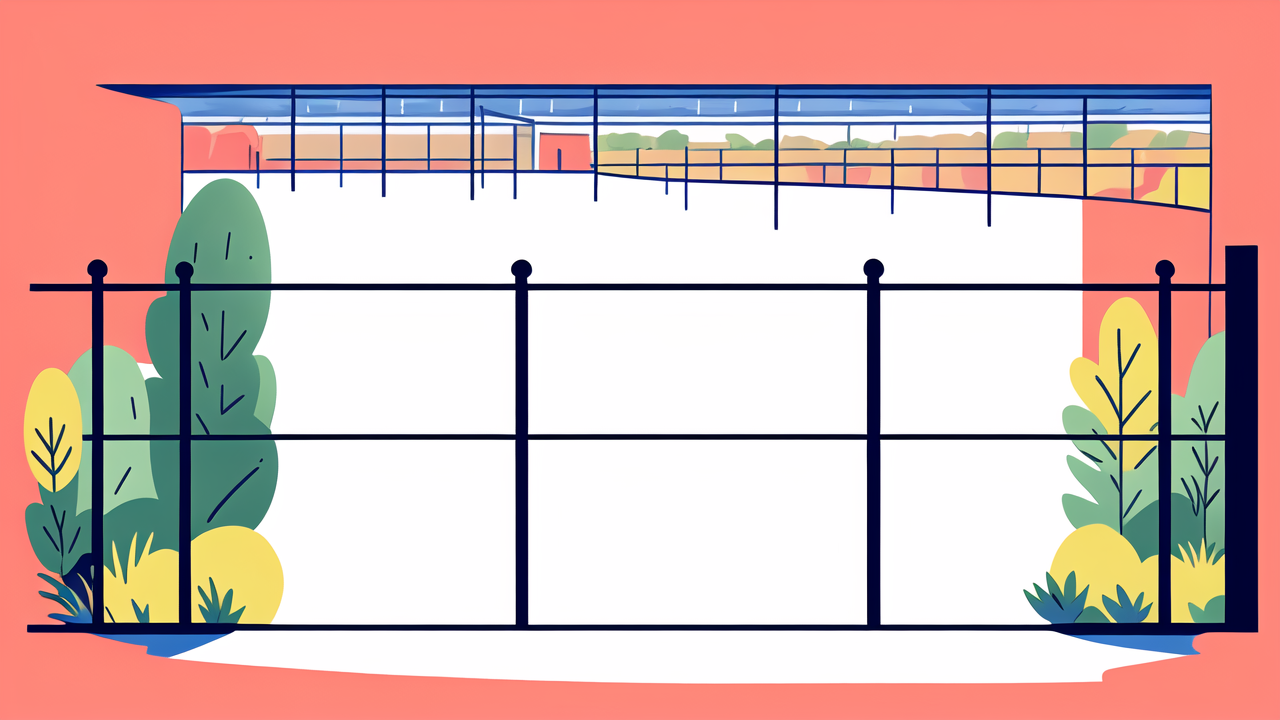Understanding the Importance of High Tensile Fencing for Your Agricultural Needs
The Role of High Tensile Fencing in Managing Livestock
High tensile fencing is a game-changer for livestock management. It's stronger and more durable than traditional fences. This type of fence can withstand pressure from large animals. It keeps them safe and contained. High tensile fences are also weather-resistant. They need less maintenance over time.

These fences are great for different types of livestock. They work well for cattle, horses, and sheep. The tight wire spacing keeps animals in and predators out. High tensile fences are also more visible to animals. This reduces the risk of injuries from collisions.
Factors Affecting the Lifespan of Traditional Fencing Solutions
Several things can shorten the life of traditional fences. Weather is a big factor. Sun, rain, and snow can damage wood and metal fences. Soil type matters too. Wet or acidic soil can rot fence posts faster.
Animals can also wear down fences. Large livestock might lean on or push against the fence. This can cause bending or breaking. Pests like termites can damage wooden fences over time. Regular upkeep helps, but all fences need replacement eventually.
How to Determine When Your Fencing Needs an Upgrade
Identifying Signs That Your Fence is Near the End of Its Lifecycle
Watch for these signs that your fence needs replacing:

- Visible damage like broken boards or bent metal
- Leaning or sagging sections
- Rust on metal parts
- Rotting wood
- Loose or wobbly posts
Age is another factor. Most fences last 15-20 years with good care. If your fence is this old, it might be time for an upgrade. Frequent repairs are also a sign. If you're fixing your fence often, replacement might save money in the long run.
Assessing the Impact of Fencing Condition on Property Security
A fence in poor condition can affect your property's security. Weak spots might let intruders in or animals out. This can be dangerous for your property and livestock. A old fence can also make your property look run-down. This might lower its value.
Regular fence checks are important. Look for gaps, loose parts, or wear and tear. These issues can become security risks if ignored. High tensile fencing can boost security. It's harder to break or tamper with than traditional fences.
Step-by-Step Guide to Upgrading Your Fencing
Selecting the Right High Tensile Fencing Materials
Choosing the right materials is key for a good fence upgrade. High tensile wire is the main component. It comes in different thicknesses. Thicker wire is stronger but costs more. Think about your needs when picking wire thickness.

You'll also need:
- Strong posts (wood or metal)
- Insulators to prevent grounding
- Tensioners to keep wires tight
- Gates that work with high tensile systems
Consider your climate and soil when choosing materials. Quality materials cost more upfront but last longer. They need less maintenance and replacement over time.
Professional Installation: The Key to a Durable Fence
Getting pros to install your fence is smart. They know how to set posts, string wire, and tension the fence correctly. They can handle tricky spots like uneven ground or obstacles on your land.
Here's what pro installation usually involves:
- Planning the fence layout
- Setting corner and end posts
- Installing line posts
- Stringing and tensioning wire
- Adding gates and access points
Pros also know local fence rules. They can advise on best practices for your situation. DIY is possible, but pro work often results in a better, longer-lasting fence.
Post-Installation: Maintenance and Safety Best Practices
Good care keeps your new high tensile fence working well for years. Regular checks are important. Look for damage or wear, especially after bad weather. Keep the wires properly tight to prevent sagging.
Safety is crucial too. Make sure the fence is easy to see for people and animals. You might need to add flags or markers to the wire. Keep plants trimmed around the fence to keep it working well.
Here are some maintenance tips:
- Check and adjust wire tension regularly
- Inspect insulators and replace damaged ones
- Keep the fence line clear of debris
- Fix any damage quickly to prevent bigger problems
Following these care and safety steps will help your fence last longer. Regular upkeep protects your investment and keeps your property and animals safe.
Upgrading to a high tensile fence can greatly improve your property's security and livestock management. It's a big job, but with the right materials, professional help, and good maintenance, your new fence will serve you well for many years.
